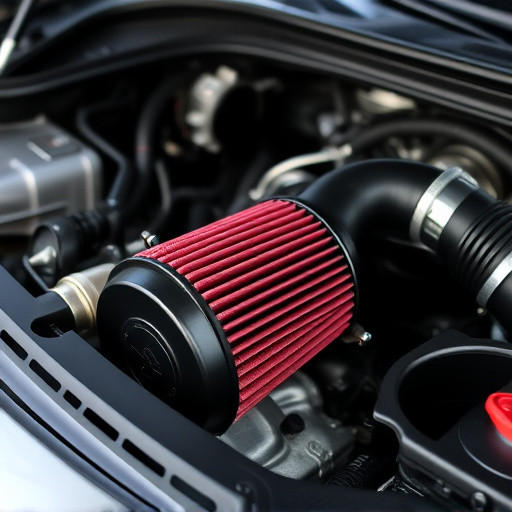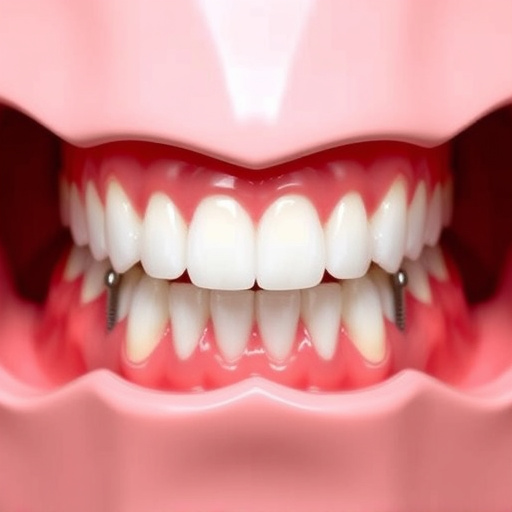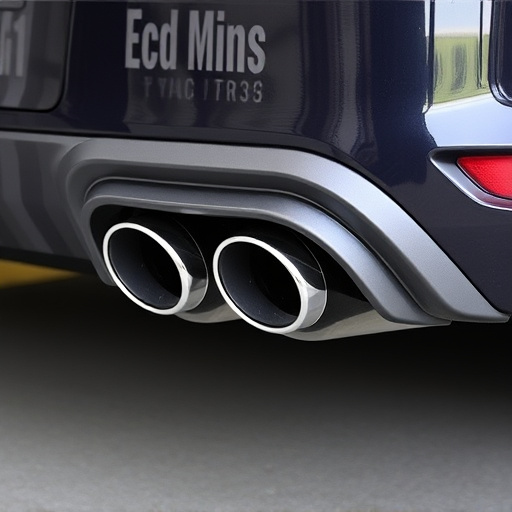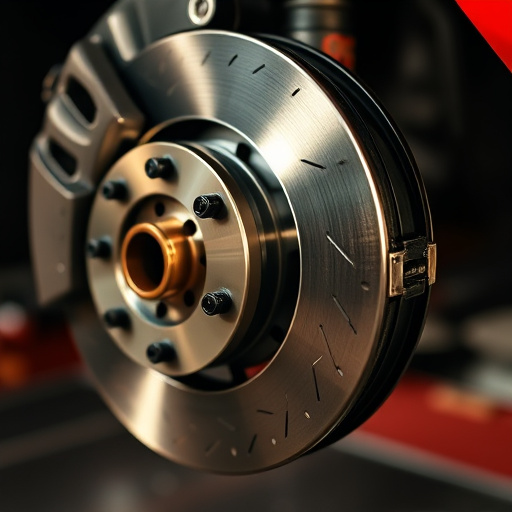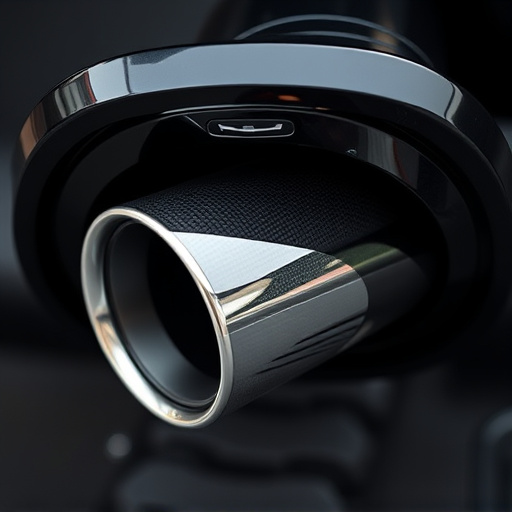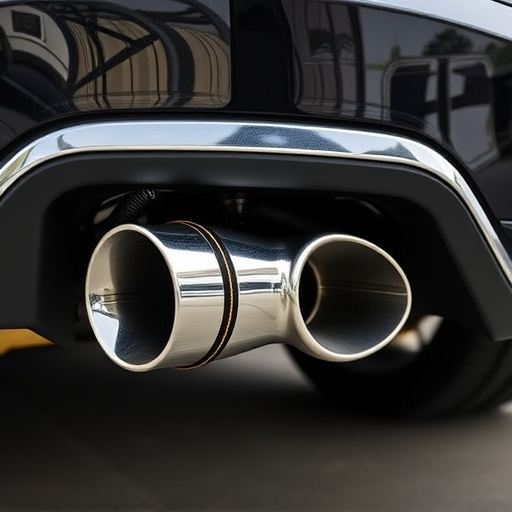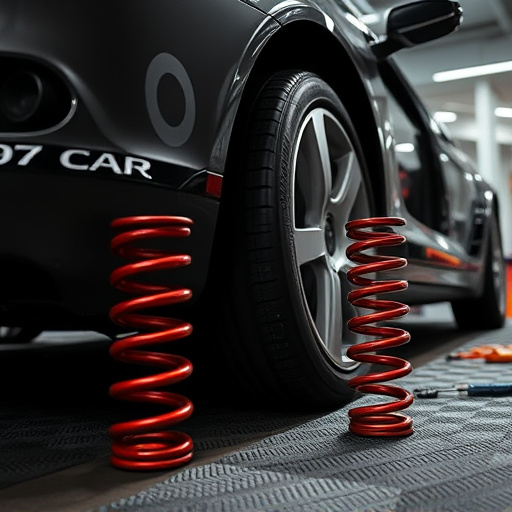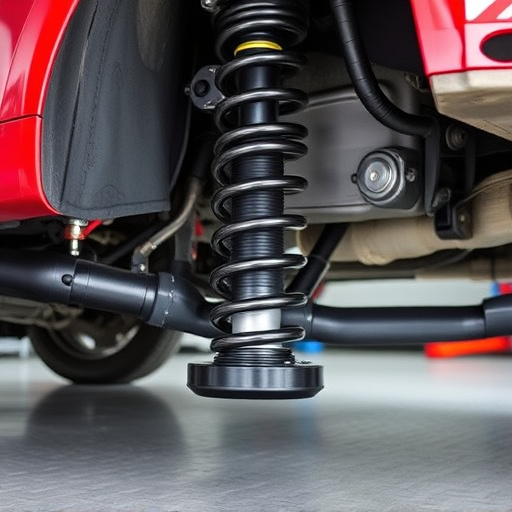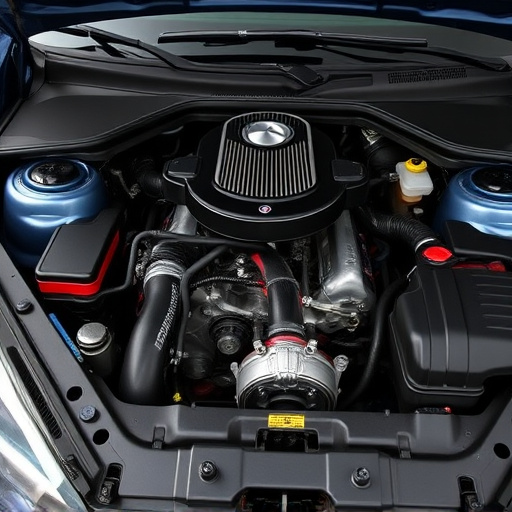Long tube headers are automotive exhaust components crucial for enhancing performance and sound quality. Their extended length improves gas flow, boosting engine power and torque. These headers transform a vehicle's exhaust note, producing a deeper, resonating sound without compromising driveability. Installation involves redirecting gas flow, reducing backpressure, and optimizing sound wave travel through the muffler, resulting in increased volume and improved tonal character. The aesthetic appeal of well-designed headers, paired with high-performance air filters, adds to a vehicle's sporty exterior. Ultimately, long tube headers offer both sensory enjoyment and performance gains for drivers.
Long tube headers, a popular aftermarket modification, significantly alter the sound of a vehicle’s exhaust system. This article delves into the intricate relationship between these components and their profound impact on sound quality. We’ll explore how long tubes reshape the engine’s tone, enhance low-end rumble, and contribute to a more robust overall acoustic experience. Understanding the underlying factors is key; let’s examine what makes long tube headers a game-changer for automotive enthusiasts.
- Understanding Long Tube Headers: A Brief Overview
- The Impact on Vehicle Sound Quality
- Factors Influencing the Effect and Potential Considerations
Understanding Long Tube Headers: A Brief Overview
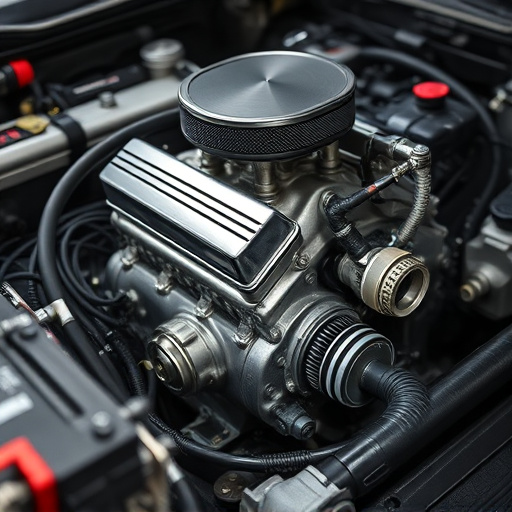
Long tube headers are a crucial component in automotive exhaust systems, designed to enhance both sound quality and engine performance. Unlike shorter headers, which often come as part of stock or basic exhaust setups, long tube headers feature extended lengths, allowing for more efficient gas flow. This design not only improves engine power and torque but also contributes to the unique and distinctive sound that many car enthusiasts appreciate.
These headers are particularly popular among those seeking to upgrade their vehicle’s performance and audio experience. By optimizing the exhaust note, long tube headers complement high-performance parts like advanced suspension components and modified intake systems. The result is a more robust engine sound, often described as deeper and more resonating, without compromising the overall driveability of the vehicle.
The Impact on Vehicle Sound Quality
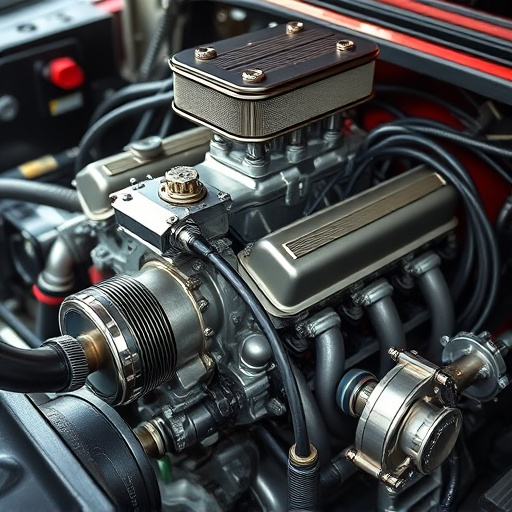
The installation of long tube headers in a vehicle can significantly alter its sound quality, creating a unique and distinct acoustic experience. These headers, designed to enhance engine performance, redirect the exhaust gas flow, resulting in a more direct path through the muffler. This change in geometry leads to several acoustic effects. First, it reduces backpressure within the exhaust system, allowing for a freer flow of sound waves, which can increase the overall volume and tonal character of the vehicle’s exhaust note. The removal of restrictions in the exhaust path often reveals a deeper, more aggressive tone, especially at higher engine RPMs.
Additionally, long tube headers can influence the perception of power and responsiveness. As the engine breathes more freely, the acceleration and deceloration phases become more dynamic, contributing to an exhilarating driving experience. This is further enhanced by the visual appeal of well-designed long tube headers with prominent muffler tips, often accompanied by high-performance air filter kits, that add a touch of sporty elegance to the vehicle’s exterior. The overall effect is a refined yet powerful sound that captivates drivers and onlookers alike, showcasing the potential of upgrading to high-performance parts for both sensory enjoyment and performance gains.
Factors Influencing the Effect and Potential Considerations
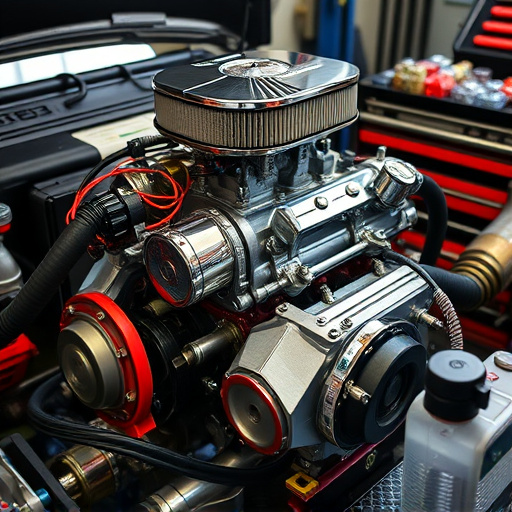
The impact of long tube headers on a vehicle’s sound quality is influenced by several factors. One key consideration is the overall exhaust system design, including the integration of long tube headers with other components like mufflers and catalytic converters. The length and diameter of the tubes play a significant role in shaping the exhaust note, with longer tubes often producing deeper, more resonant tones. Additionally, the materials used in construction can also affect sound quality; stainless steel, for instance, is known for its ability to amplify sound compared to other metals.
When installing long tube headers, several potential considerations come into play. Modifying exhaust systems requires careful attention to safety and performance standards, especially regarding brake components and exhaust tips. Furthermore, the effect on air intake systems should not be overlooked; changes in air flow can influence both engine performance and sound output. It’s crucial to balance these factors for a harmonious outcome that meets both aesthetic and functional expectations.
Long tube headers can significantly enhance a vehicle’s sound quality, creating a deeper, richer exhaust note. By optimizing gas flow and reducing backpressure, these headers allow engines to perform more efficiently, resulting in a more pleasurable driving experience for automotive enthusiasts. When considering installation, factors like material quality, design intricacies, and compatibility with existing systems play crucial roles in achieving the desired acoustic enhancements.
